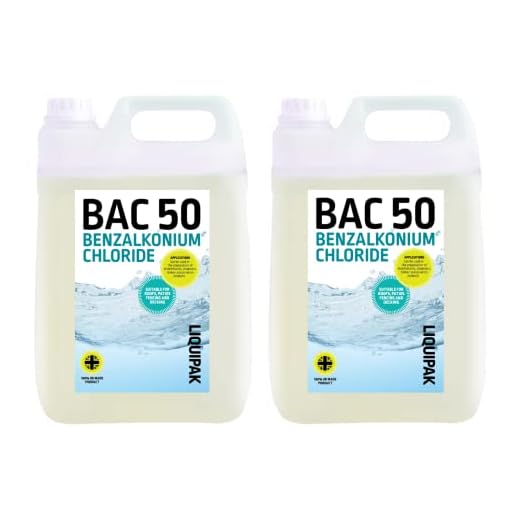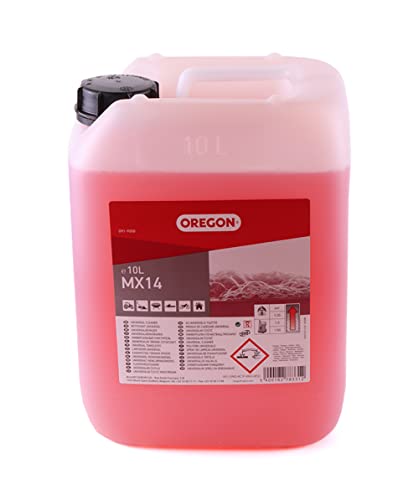
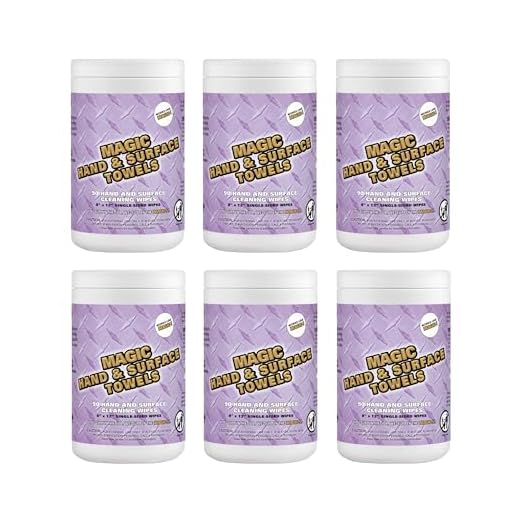


Yes, using high-powered cleaning equipment can effectively tackle oil stains on asphalt. When selecting a unit, ensure it delivers at least 3000 PSI, as lower pressures may not adequately lift stubborn substances. Combine this with a suitable nozzle, such as a 15-degree tip, to concentrate the water jet for maximum impact.
For optimal results, pre-treat the area with a degreaser, allowing it to penetrate the stain. After a brief waiting period, direct the focused stream of water onto the spot, maintaining a distance of around 12 inches. This approach not only enhances stain lift but also minimises potential damage to the surface underneath.
Always wear protective gear, including goggles and gloves, while handling cleaning agents and powerful equipment. Regular maintenance of your cleaning tool ensures longevity and performance, allowing for consistent results in tackling tough stains over time.
Efficient Cleanup Techniques for Asphalt Stains
Using a high-powered unit can yield varying results on petroleum stains depending on the severity of the mark and the method applied. For minor spots, a combo of heat and detergent often proves advantageous. I recommend starting with a degreaser specifically formulated for asphalt to soften the contaminants.
Optimal Approach
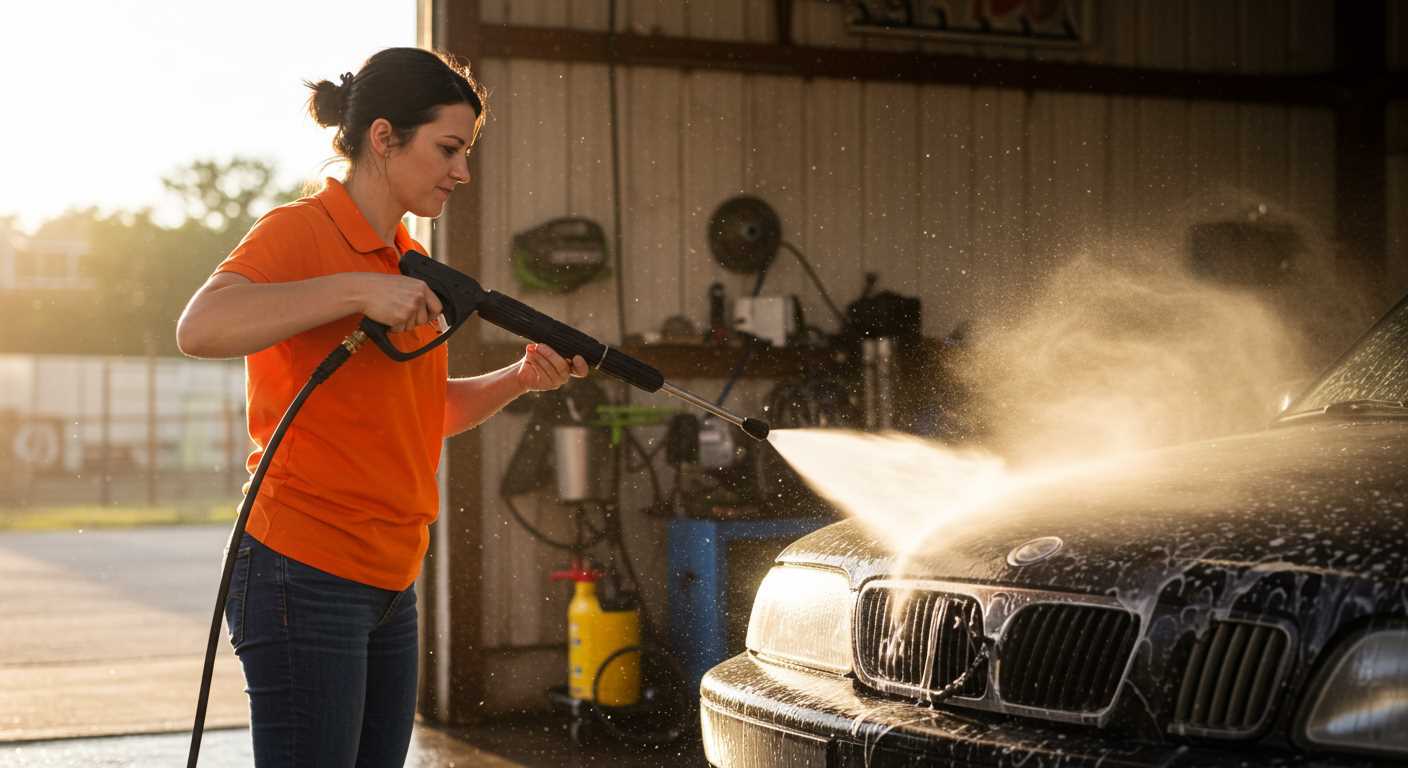
Apply the degreaser evenly across the blemished surface. Allow it to work for around 15-30 minutes, then rinse with hot water using a wide nozzle attachment. This helps to lift the stain more effectively due to the heat acting on the oils.
| Technique | Effectiveness | Notes |
|---|---|---|
| Degreaser Application | High for light stains | Best results with dwell time |
| Hot Water Rinse | High | Utilize wide nozzle |
| Repeated Treatment | Medium to High | May require multiple applications |
Post-Cleanup Measures
After the initial cleaning, assess the surface for remaining marks. For more stubborn stains, consider repeating the same steps or employing a rotary attachment to enhance agitation on the surface. If results still fall short, professional services or more intensive cleaning solutions may be necessary.
Understanding Oil Stains on Asphalt
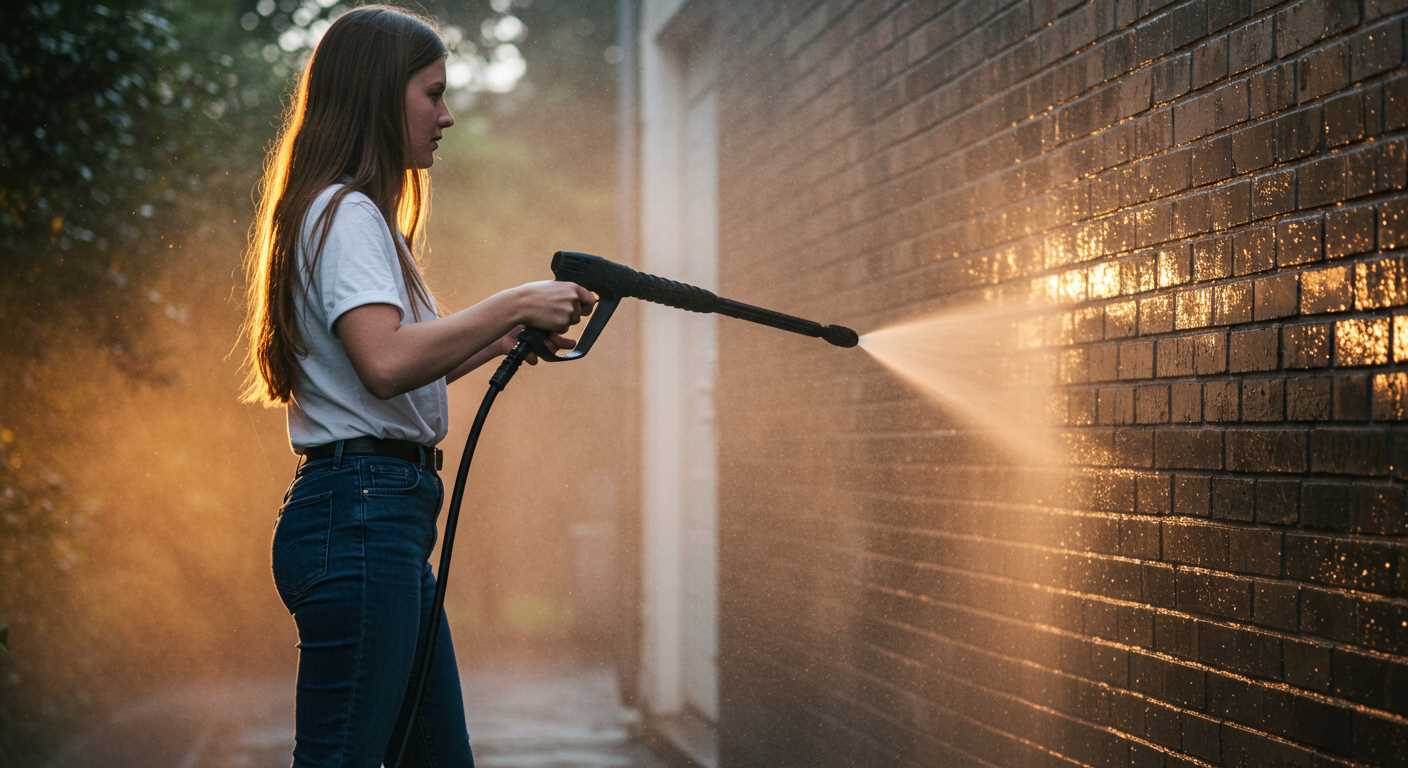
To effectively tackle grease marks on tarmac, it’s imperative to understand their composition. Oils can penetrate the surface, creating a challenging residue that becomes more stubborn over time. This is especially true for aged asphalt where the protective sealants have worn away, allowing substances to seep deeper.
Before attempting any removal method, assess the age and porosity of the surface. Fresh spills are easier to address compared to older, set-in stains. For newer blemishes, immediate action with absorbent materials can minimise penetration. I recommend sprinkling a generous amount of cat litter or sawdust on the stain; these substances act as absorbents and can draw out the liquid.
It’s advisable to apply a degreaser specifically formulated for asphalt or concrete after initial absorption. These products often contain solvents that act on the hydrocarbon chains in grease, aiding in disintegration. Follow the instructions carefully to achieve optimal results.
A scrubbing action using a stiff-bristled brush can enhance the cleaning effect, lifting shavings and residue from the surface. Regular maintenance, including sealing cracks and occasional cleaning, can prevent the buildup of unsightly marks.
Once the cleaning process is completed, rinsing the area with water will remove any remaining debris. In some cases, a more thorough approach may be required for persistent marks. It’s beneficial to conduct regular inspections, as early intervention can simplify the upkeep of your driveway.
In summary, understanding how different types of stains interact with asphalt can greatly influence your cleaning strategy. Each situation may require a tailored approach, emphasising the need for timely action and the right products to maintain a pristine appearance.
Choosing the Right Equipment for the Job
Selecting an appropriate cleaning machine significantly influences the outcome of tackling stubborn stains. For effective treatment of blemishes on paved surfaces, opt for a model with a high-pressure output, ideally above 3000 PSI, as this offers the force necessary to dislodge embedded residue.
Styles and Features
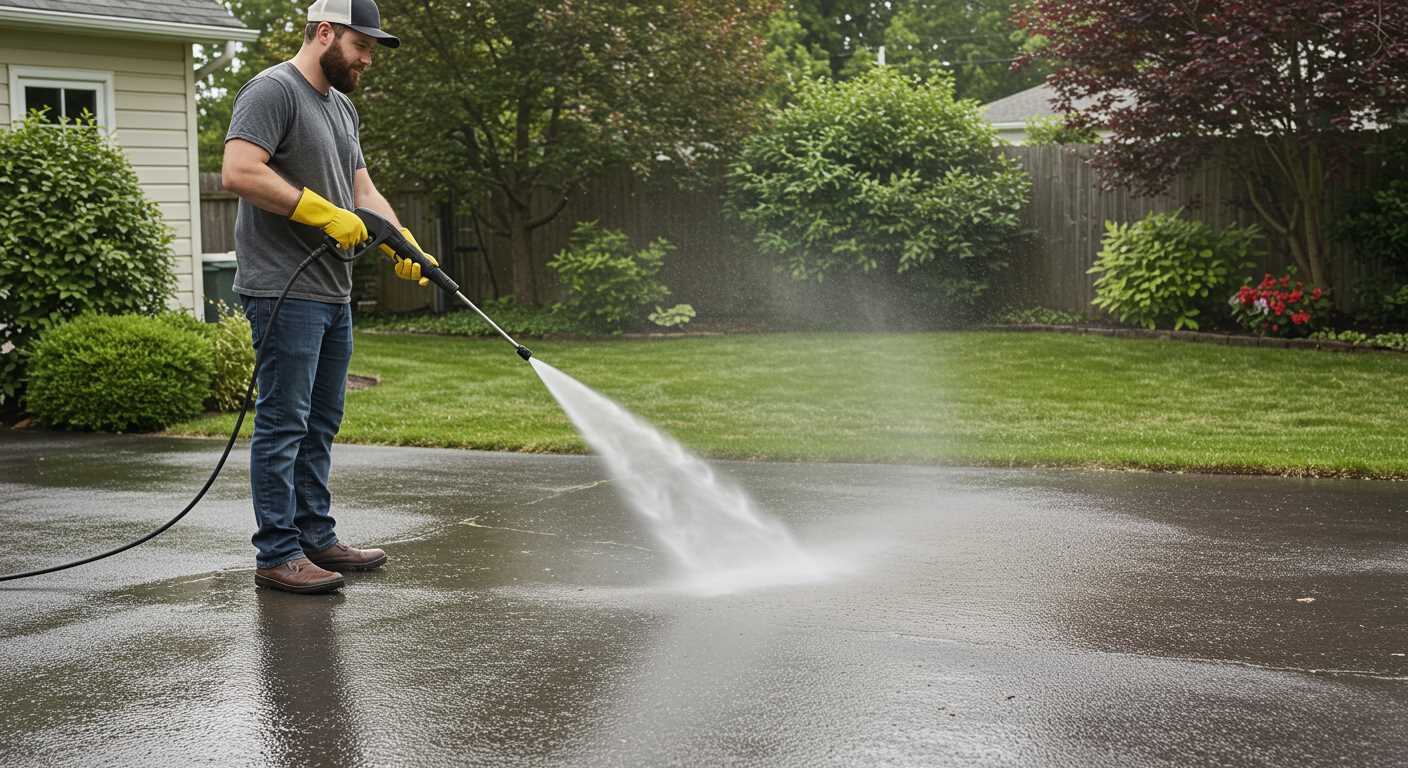
Consider the type of pump mechanism; triplex pumps are more durable and ideal for heavy-duty tasks. Electric variations are quieter and simpler to manage, but for larger areas with tough stains, a gas-powered variant will deliver superior performance.
Accessories and Attachments
Utilise various nozzles to customize the force and spray angle. A rotating nozzle provides intense pressure for deep cleaning, while a wider fan spray can cover larger areas efficiently. Detergent tanks or chemical injection systems enhance cleaning efficacy, allowing for targeted treatment of oily surfaces.
Recommended Pressure Settings for Oil Removal
For tackling stubborn stains on asphalt, I suggest starting with a setting of 2500 to 3000 PSI. This level of force provides a robust clean without risking damage to the surface. However, adjust as necessary based on the severity of the stain and the type of equipment at your disposal.
In terms of water flow, a rate of 2.5 to 3.5 GPM is optimal. Higher gallons per minute can enhance the cleansing process, allowing for thorough rinsing and better penetration of cleaning agents, if used.
When dealing with particularly set-in grime, using a rotary nozzle can increase efficacy. This attachment concentrates the stream of water, delivering enhanced cleaning power right where needed while still protecting the surface from excessive wear.
Always maintain a distance of at least 12 to 18 inches from the surface to prevent any inadvertent damage. Gradually moving closer may be necessary to eliminate tough spots, but exercise caution to ensure the integrity of the asphalt remains intact.
Incorporating a suitable degreaser alongside the cleaning process can heighten results. Allow it to dwell on the stain for a few minutes before beginning. This approach significantly boosts the overall effectiveness of your efforts, making the cleaning task more manageable.
Regularly check the nozzle and settings during use. Variations in pressure can influence cleaning outcomes, so staying vigilant will ensure optimal results throughout the task.
Best Cleaning Solutions to Use with a Pressure Washer
Using biodegradable degreasers is highly effective. These solutions break down stubborn substances without causing harm to your surroundings. I recommend products that are specifically designed for asphalt surfaces, as they lift grime without risking damage.
For quicker results, consider a tri-sodium phosphate (TSP) solution. Mix according to label directions and apply before using your machine. TSP enhances cleaning power, especially on older stains, and works well with hot water settings.
Enzymatic cleaners are another option. These environmentally friendly solutions use natural enzymes to break down difficult marks. They require a bit of dwell time but can yield impressive results, especially on porous materials.
For a DIY approach, a mixture of baking soda and vinegar can also assist in loosening stubborn substances. After applying the mixture, allow it to sit for a short while before rinsing with high-pressure flow.
Always test any cleaning solution on a small, inconspicuous area to ensure compatibility with your surface. Reading labels and following safety guidelines will enhance both efficacy and safety. With the right cleaner and technique, it’s possible to achieve remarkable outcomes.
Step-by-Step Guide to Pressure Washing Asphalt
Begin by gathering the necessary equipment: a suitable electric or gas-powered unit, a cleaning solution specifically designed for tough stains, a sturdy surface cleaner attachment, and protective gear including gloves and goggles.
Preparation
.jpg)
Clear the area of furniture, vehicles, or any obstacles that may hinder access. Sweep the surface to remove loose debris, dirt, or leaves. Wetting the surface slightly can help prevent dust from flying around during the process.
Cleaning Process
1. Attach the surface cleaner to the machine. This accessory enables a more even distribution of the cleaning solution and helps cover large areas efficiently.
2. Dilute the cleaner according to the manufacturer’s guidelines. Apply it evenly across the stained area while allowing it to sit for a few minutes to penetrate the grime.
3. Set the machine to a mid-range power setting. Start cleaning at a slight angle to the surface, ensuring to move consistently and avoid staying in one spot for too long.
4. Rinse thoroughly with clean water to eliminate any residues. Make sure to direct the water away from sensitive areas to prevent saturation in unwanted spots.
5. After completion, allow the asphalt to dry, then inspect the surface for any remaining stains that may need additional attention.
Post-Cleaning Maintenance for Asphalt Surfaces
After completing the cleaning process, it’s crucial to implement a maintenance plan to extend the life of the surface. Here are specific actions to consider:
Regular Inspections
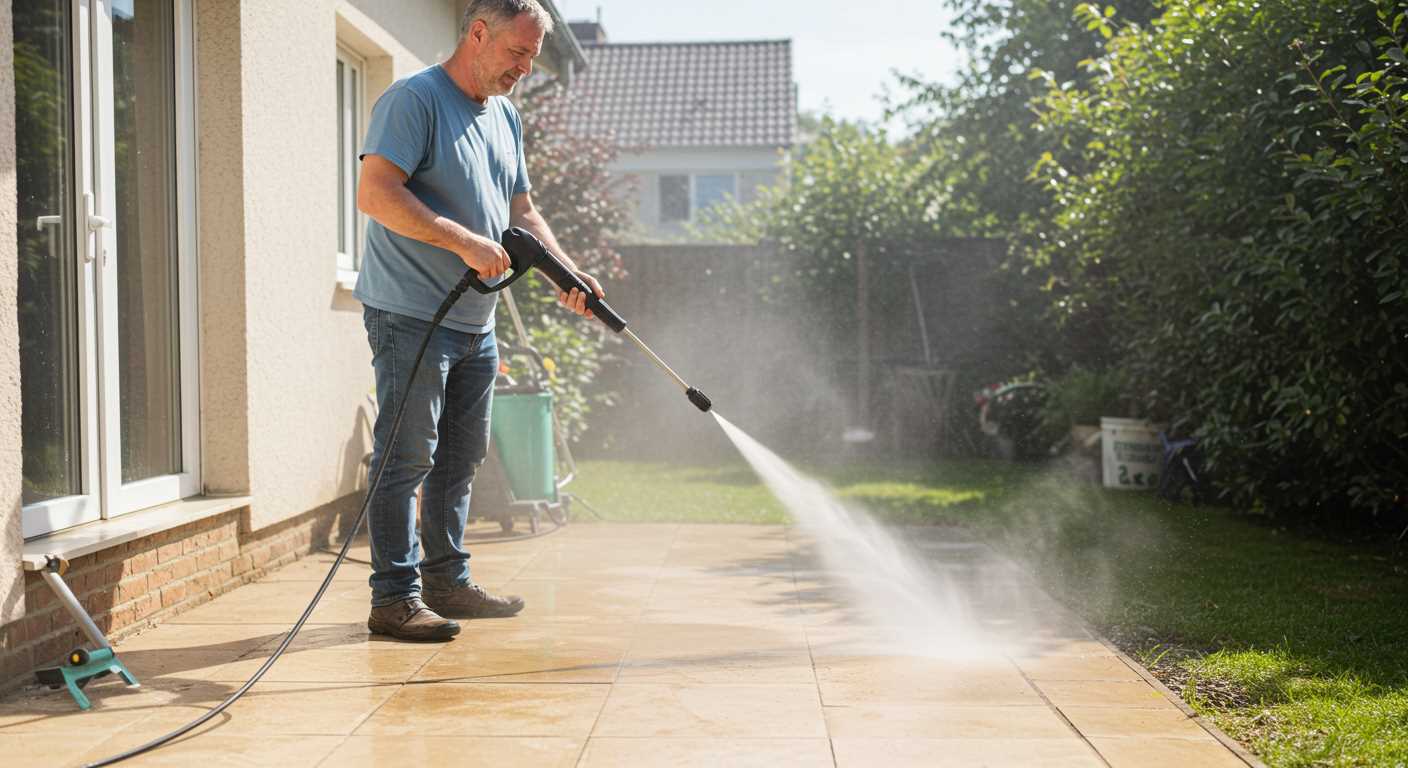
- Conduct visual checks to identify cracks or deteriorations.
- Look for areas requiring immediate attention to avoid further damage.
Sealing
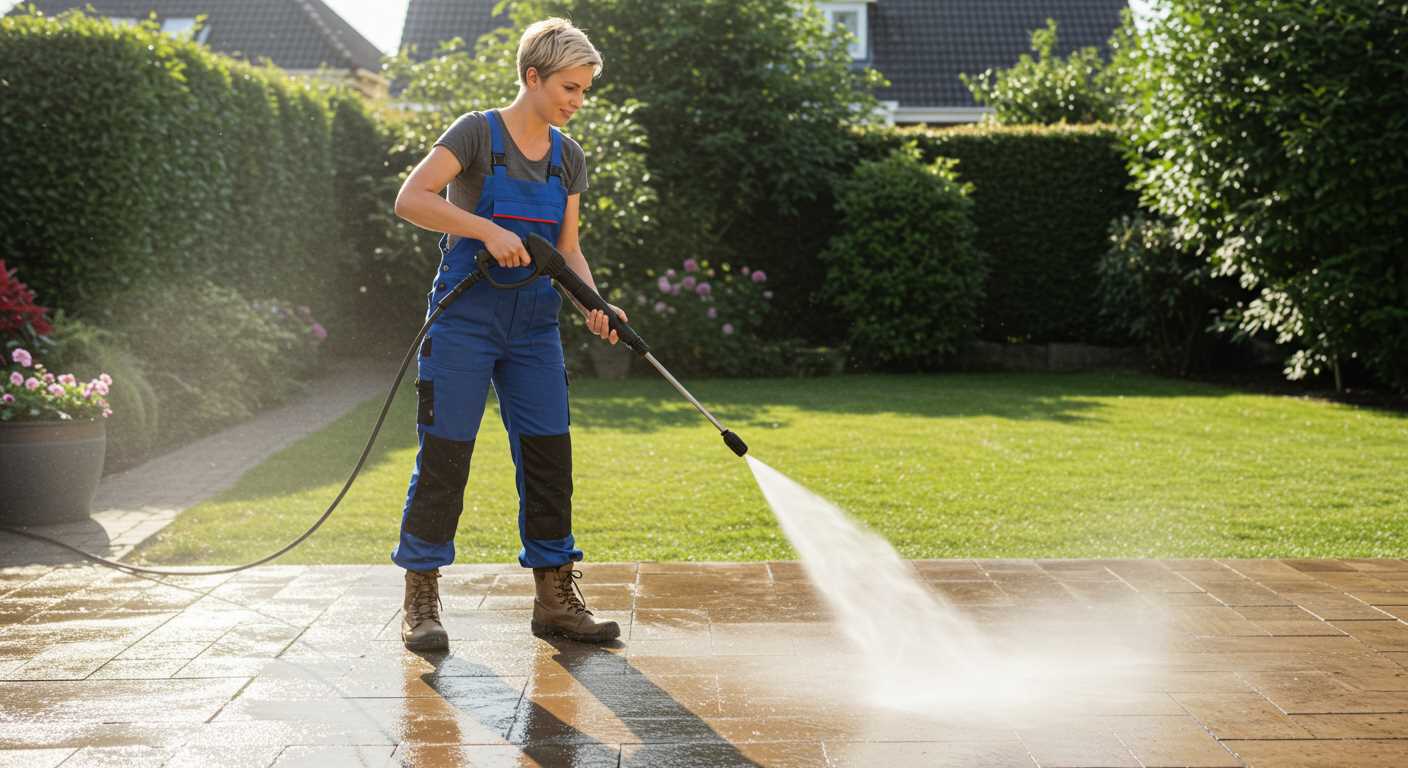
- Apply a high-quality sealant every 2-3 years to protect against stains and weathering.
- Ensure the surface is clean and dry before applying any sealant for optimal adhesion.
Consider reapplying a seal coat if you notice fading or discolouration. A well-applied seal not only enhances appearance but also provides an additional barrier against spills.
Routine Cleaning
- Perform regular sweeps to prevent debris buildup.
- Use a mild detergent with water for periodic washes to maintain cleanliness.
A consistent cleaning schedule can prevent stains from settling in and becoming permanent. For heavier accumulations, revisit the pressure-cleaning approach as needed.
Repairing Damage Promptly
- Fill cracks with a suitable filler to prevent water penetration.
- Repair surface irregularities to ensure safety and aesthetics.
Proactive repairs can save time and costs related to extensive damage. Always choose products specifically designed for asphalt to ensure compatibility and longevity.
Monitoring Surrounding Areas
- Keep adjacent plants trimmed to reduce leaves and debris that may stain the surface.
- Ensure proper drainage to avoid pooling, which can contribute to surface deterioration.
Being vigilant about surrounding conditions can considerably impact the health of the surface. Stay ahead with proper landscaping and drainage solutions.
By implementing these maintenance strategies, you will help preserve the appearance and integrity of the surface, ensuring it remains functional and visually appealing for years to come.




